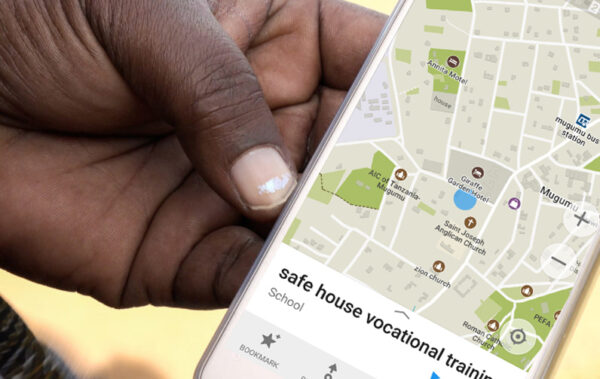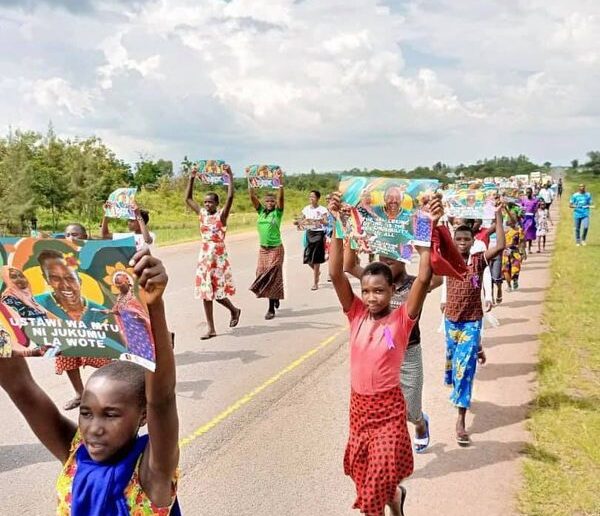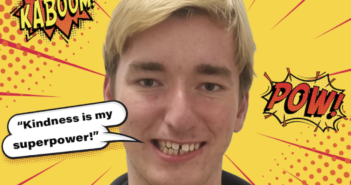At home in North Wales during lockdown, Cathie O’Farrell helped efforts to end Female Genital Mutilation (FGM) in Tanzania through mapping. How did she do this from some 7,000 miles away in the Welsh countryside you may ask? Well here is her story.
Trigger Warning: Firstly, what is FGM?
FGM, or Female Genital Cutting, involves the removal of parts or all of the female genitals. The practice is carried out for non-medical reasons and usually on young and teenage girls as a part of ‘coming of age’.
It is a very dangerous practice, causing death and life-long complications. On average the prevalence of women in Tanzania who have suffered FGM between the ages of 15-49 is around 10%. Depending on the region, however, this number increases significantly, for example within the Manyara region of Tanzania the prevalence of FGM is 57.7%.
These figures show there is still much work to be done to eradicate FGM in Tanzania, and volunteers like Cathie are central to these efforts.
How Mapping is Helping

Being clinically vulnerable and having to shield due to coronavirus, Cathie was unable to work in the neurology hospital she was placed in after her degree.

In search of something to keep her busy and mentally active, Cathie worked remotely, helping to develop better mapping of Tanzania.
Having started mapping with Crowd2Map in 2019, it provided the perfect opportunity for her to use her spare time to help save lives.
Crowd2Map volunteers can work from anywhere in the world to help identify roads, buildings and remote villages from satellite images and mark them out. These are then verified by those who know the local area in Tanzania and these new details are added to maps.
The app MAPS.ME is used by rescuers on mobile phones, which provides offline maps in order to find remote areas to reach women and girls at risk of FGM quickly and efficiently, at any time of the day or night.
Cathie’s passion for helping others did not stop with mapping, as she became involved with the Tanzania Development Trust and the ‘Mboni ya Vijana’ Group (‘the Eyes of the Youth’), as a website and social media content manager.
Soon after, she began working on a vast array of projects in Tanzania. From assisting those in extreme poverty through fundraising for water pumps to joining the battle against climate change, all while continuing to map for ending FGM.
Cathie said her involvement in these projects made her realise that “a pandemic that shuts us away in our houses over here doesn’t end FGM, it doesn’t pause climate change and the hunger it’s brought”.
Cathie’s inspiring story shows the amazing, positive work you can do from the comfort of your own home. Keep up the amazing work Cathie!
If you would like to learn more and get involved with Crowd2Maps, check out their website and see what you can do to help end FGM in Tanzania.




